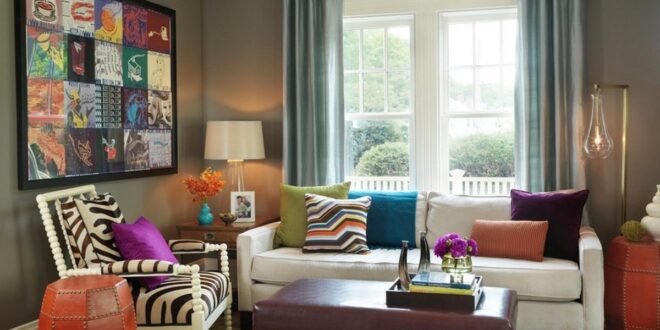Furniture is more than just a functional element in our homes; it is a reflection of our style and a means to express our creativity. While matching furniture sets have their appeal, there is a certain magic in the art of furniture mixing.
Combining different styles, colors, patterns, and textures can breathe new life into a space, creating a visually captivating and unique environment. However, achieving a harmonious and cohesive look requires a thoughtful approach. In this blog post, we will delve into the tips and rules that will help you master the art of furniture mixing.
Understanding the importance of balance in furniture combinations
One of the key principles in furniture mixing is achieving a sense of balance, and it is through this delicate equilibrium that the true beauty of a space can be realized. A well-balanced arrangement, like those found at Reflections Furniture, ensures that no single piece dominates the room, creating a visually pleasing composition that effortlessly draws the eye.
Careful consideration of the size, shape, and placement of each element is essential in achieving this harmony. By striking a balance between large and small pieces, tall and short items, and heavy and light elements, a sense of flow is created, preventing the room from feeling cluttered or disjointed.
Rule 1: Mix different styles for an eclectic look
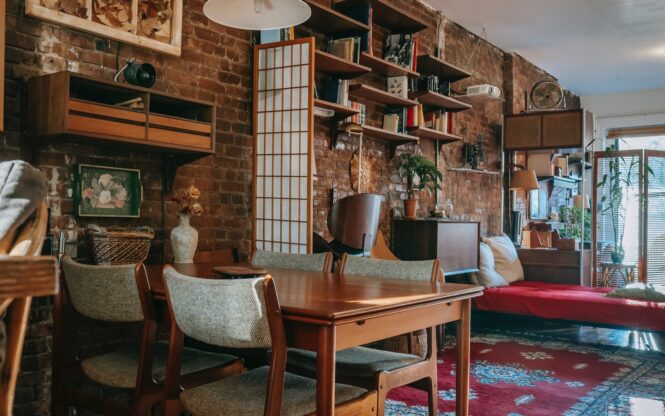
One of the most exciting aspects of furniture mixing is the opportunity to blend different styles. Combining contrasting design aesthetics, such as pairing a mid-century modern sofa with a vintage-inspired coffee table, can result in a visually dynamic and eclectic look.
To master this rule, start by identifying the dominant style you wish to showcase and then introduce complementary pieces from other styles. The key is to find common elements or themes that tie the disparate styles together, such as color schemes or material choices.
Rule 2: Harmonizing colors and patterns for cohesion
Colors and patterns play a crucial role in furnishings mixing, as they contribute to the overall cohesiveness of the space. When combining different furniture pieces, it’s essential to consider how their colors and patterns interact with each other.
Harmonizing colors can be achieved by sticking to a consistent color palette or by using complementary or analogous colors. Similarly, patterns should be balanced to avoid overwhelming the space.
Consider incorporating a mix of large-scale and small-scale patterns, as well as solids, to create visual interest while maintaining a sense of unity.
Rule 3: Creating visual interest with varying textures
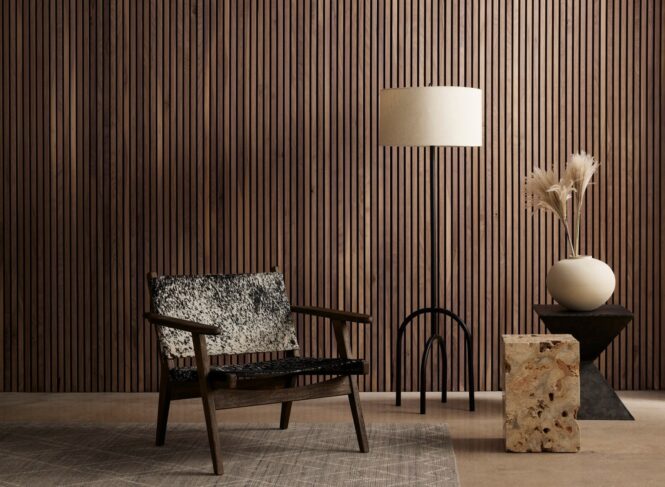
In addition to colors and patterns, textures add depth and visual interest to a furniture arrangement. Mixing different textures can elevate the overall aesthetic and create a tactile experience within the space. For instance, pairing a sleek leather sofa with a plush velvet armchair or a rough-hewn wooden coffee table can create a captivating contrast.
Experimenting with different textures adds richness and dimension to the room, making it visually engaging and inviting.
Rule 4: Balancing proportions for a cohesive arrangement
Proportion is another essential aspect of successful furniture mixing. It involves finding the right balance between the sizes and scales of various elements within a space. When combining furniture, consider the overall size of the room and ensure that the pieces are in proportion to the available space.
Additionally, pay attention to the proportions of individual items and how they relate to each other. A general rule of thumb is to mix larger pieces with smaller ones to create a visually pleasing composition that feels balanced and proportional.
Rule 5: Mixing old and new elements for timeless a charm
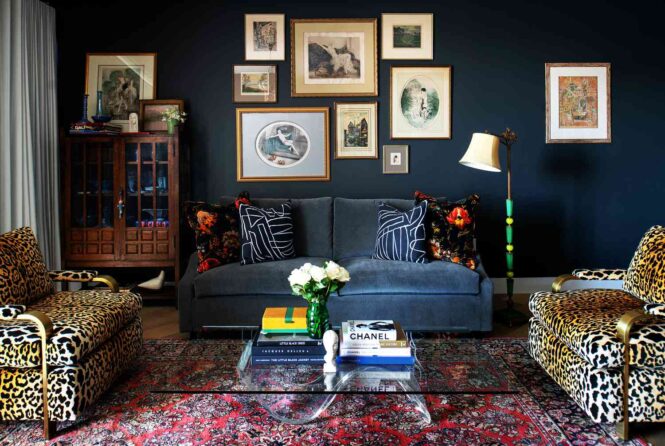
To add character and a sense of history to your space, consider mixing old and new furniture pieces. This combination brings together different eras and creates a unique, timeless charm.
Incorporating vintage or antique furniture can add a touch of nostalgia and personality, while contemporary pieces keep the look fresh and current.
The key is to strike a balance between the old and the new, ensuring that they complement each other and contribute to the overall aesthetic of the space.
Rule 6: Incorporating statement pieces for focal points
In any furniture arrangement, it is important to have focal points that draw the eye and anchor the space. Statement pieces play a crucial role in this regard. These are eye-catching items that make a bold statement and become the centerpiece of the room.
Examples of statement pieces include a vibrant accent chair, an ornate mirror, or a unique sculptural coffee table. By strategically placing these statement pieces, you can create visual interest and give the room a focal point that captures attention and adds personality.
Tip 1: Start with a neutral base for versatility
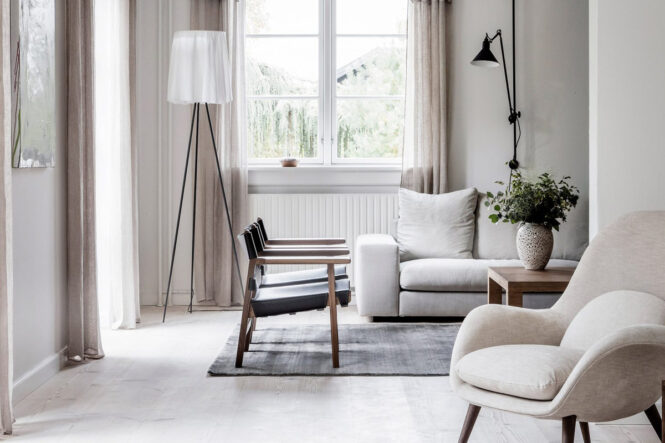
If you’re new to furniture mixing or prefer a more versatile approach, start with a neutral base. Neutral colors like white, beige, or gray provide a flexible backdrop that allows you to experiment with different styles and colors without overwhelming the space.
By keeping larger furniture pieces in neutral tones, you can easily introduce bolder accents and accessories, making it easier to change the look and feel of the room over time.
Tip 2: Experimenting with different furniture placement strategies
Don’t be afraid to experiment with different furniture placement strategies to find the most appealing arrangement. Try out different configurations and orientations to see what works best for the space and the furniture pieces you have.
Consider the flow of movement in the room, the natural focal points, and the functional needs of the space.
Sometimes a small tweak in the placement can completely transform the overall look and feel of the room, so don’t hesitate to think outside the box and get creative with your arrangements.
Conclusion: Embrace creativity and personal style in furniture mixing
Mastering the art of furniture mixing is a journey that requires creativity, attention to detail, and a willingness to experiment.
By understanding the importance of balance, harmonizing colors, and patterns, varying textures, balancing proportions, incorporating old and new elements, and using statement pieces, you can create stunning and unique furniture arrangements that reflect your style.
Remember, there are no hard and fast rules in furniture mixing—embrace your creativity, trust your instincts, and have fun as you curate a truly one-of-a-kind space.
 Imagup General Magazine 2024
Imagup General Magazine 2024
